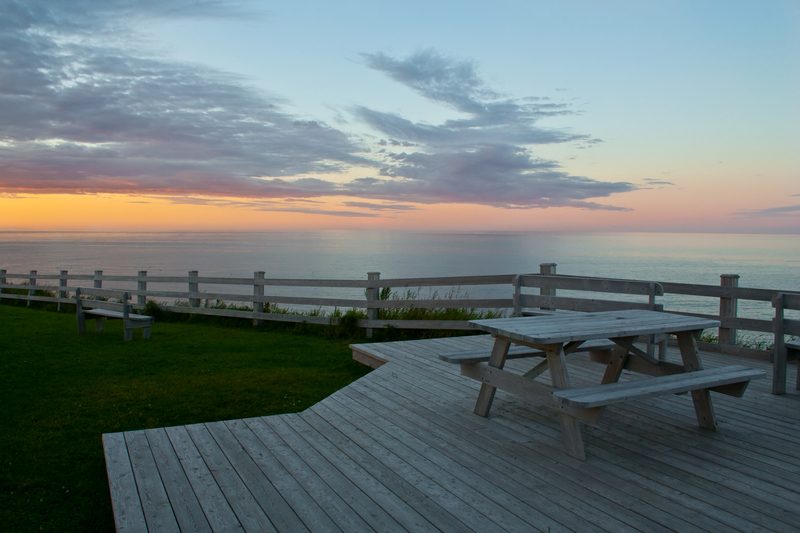You don’t have to be Deepak Chopra or David Wolfe to organize, lead and facilitate a wonderful retreat that helps others on their path. As a holistic practitioner or group facilitator, you can deepen connections and provide peak experiences by serving your client population with a weekend or weeklong retreat experience.
By keeping the group size manageable and the details simple, leaders of any modality can design their own retreat rather easily. Here are some points to consider for creating a retreat of your own.
First, who is your target audience and what are your goals? By clearly identifying your audience, intentions and goals, you ensure the retreat will be aligned with your higher purpose. This is essential for creating and leading an authentic experience for participants.
Holistic teachers, yoga instructors, Tai Chi masters, healers or creative practitioners may wish to create a retreat for existing clients in order to provide a practice of immersion, as well as to attract new clients. Consider collaboration with another practitioner so you are sharing the work and prosperity.
Think about the group size. How many participants are you hoping to serve? Groups of less than 20 offer more personal inter-group connections than larger ones. Smaller groups of 10-12 are also manageable and can work well with one leader and one assistant.
Next, figure out an idyllic location. A retreat traditionally serves as a private escape from everyday, hectic, media-filled public lives into a beautiful and quiet natural setting. The lodging should be thoughtfully crafted, clean and comfortable, and should invite one to relax and sleep deeply. The meeting or work area for guests should be designed to accommodate and enhance your workshops, whether they are lectures, group discussions, creative exercises, meditation, yoga, dance, Tai Chi, music, art-making, counseling, or healing. Consider how far you want your attendees to drive. In today’s economy, people may be comfortable driving an hour or two to get to their destination, but any longer distances might be too cost- and time-prohibitive.
Many retreat centers book up to one year in advance, so be sure to give yourself enough time in the planning process to make your reservation. Expect to provide a 10 to 20% deposit to reserve your dates.
Hosting a weekend retreat is a good start. Many people will not or cannot make the commitment to take a whole week off, so if you are planning your first retreat, begin on a smaller scale.
The food is of utmost importance. While on retreat, guests expect delicious food. Some retreat centers offer optional catering and food service, while others do not. Consider what is important to you. If you have staff or volunteers to help with cooking, you can arrange for self-care, meaning your group provides its own food. That keeps your costs down and your prosperity margins up. If you go for self-care, plan all meals and snacks for participants. Consider healthy, fresh and local food so people can feel good while they are on retreat. For less fuss, planning and overall work for you, ask your retreat center to provide on-site or local catering resources. This can help you stay focused on running your retreat but may cost you and your guests a bit more. Be sure to find out from your retreat participants if they have special diets (gluten-free, vegetarian) or dietary restrictions so you or your food provider can accommodate their needs.
By now you are beginning to form an exciting weekend retreat. It’s time to put together the beginnings of a budget. Add up all of your costs—lodging, food (if not included), assistants, travel, and what you want to be compensated for your time and planning. If you want to offer additional services such as massage therapy, often the retreat center has staff or an affiliate resource on-site for add-on costs. Also plan for creation and printing of promotional materials, handouts for the retreat and participant gifts, if appropriate. Once your budget is complete, you’ll see the total cost of the retreat and can figure out the cost for participants.
Be sure to get your marketing kicked off early so you can get the number of people you want at the retreat. Consider an integrated marketing mix that includes print advertising, flyers, personal invitations, press announcements and social media, including Facebook, Twitter and LinkedIn, based on what’s appropriate to your business. Launch your marketing plan at least 4 months before your retreat, especially if you don’t already have a large following for your business. It will be easier for you to fill a retreat if you have a loyal client base and it may take you less time to get the commitment. Retreats will sometimes offer an early registration discount to incentivize participants to sign up.
A great way to learn about retreats is to attend one and learn from others that have done the work already. There are centers throughout CT and MA that host retreats seasonally and year-round. Not only will you enjoy a lovely mini-vacation, you can also learn from those who have done this before. Be sure to ask questions! People are usually more than happy to help.
A weekend or weeklong retreat is a wonderful way for practitioners to provide a deeper immersion to current clients/students, expand their own practice, create community within their modality and be of service to those in need of quietude, peace and healing. Retreats are often life changing for participants, if created and executed with grace and leadership.
Amy Mielke is a holistic health counselor and partner at Still Waters Retreat Center in Voluntown, CT. Still Waters is created and manifested by visionary and fine artist Tao LaBossiere. Visit stillwaterspond.com for more information, or email [email protected]
